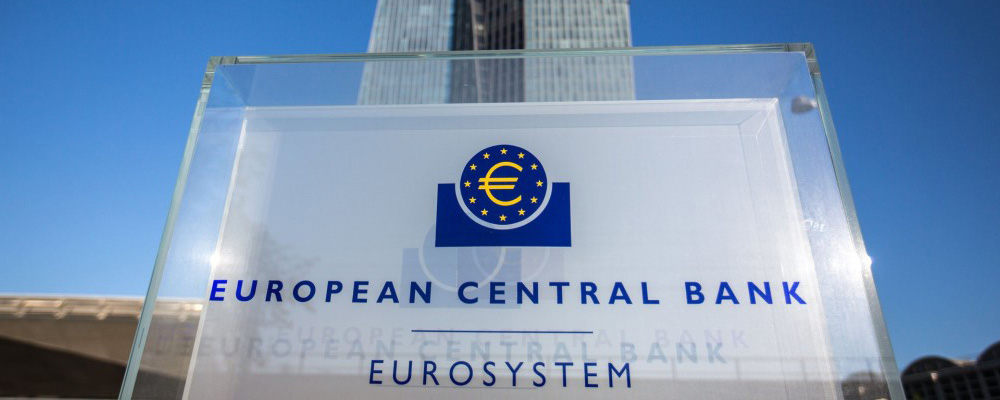Draghi ‘saved the euro’ but leaves the ECB more divided than ever
October 24, 2019 @ 12:22 +03:00

His legacy will form around three words — “whatever it takes” — but as President Mario Draghi prepares to leave the helm of the European Central Bank (ECB), questions are emerging about the success of the policy tools he helped to implement. “Ironically, the end of Draghi’s presidency coincides with a time of growing skepticism about the effectiveness of monetary policy and growing calls for a more active role for fiscal policy,” Silvia Dall’Angelo, senior economist at Hermes Investments, told CNBC via email.
Draghi is ending his eight-year term at the ECB at the end of the month. However, his decisions of late have triggered a rare division within the central bank. The ECB has struggled to achieve its main task — ensuring an inflation level of “close but below 2% over the medium-term” in the wake of the sovereign debt crisis of 2011. At the same time, the increased economic challenges, such as the trade war, Brexit and weaker manufacturing data, have heaped further pressure on the central bank to act. This culminated in a fresh round of stimulus measures in September, which included a new round of government bond purchases.
This brought “serious divisions within the ECB,” Florian Hense, euro zone economist at Berenberg bank, said in a note regarding the stimulus package. “For ECB policy to be effective, Christine Lagarde will have to calm the debate and bridge the gaps when she starts her new job as ECB president in November,” Hense said about Draghi’s successor. Members of the central bank have expressed worries about the effectiveness of the policy measures as well as their scale. This has also been a concern among some economists, who question the benefits of ultra-loose monetary policy.






